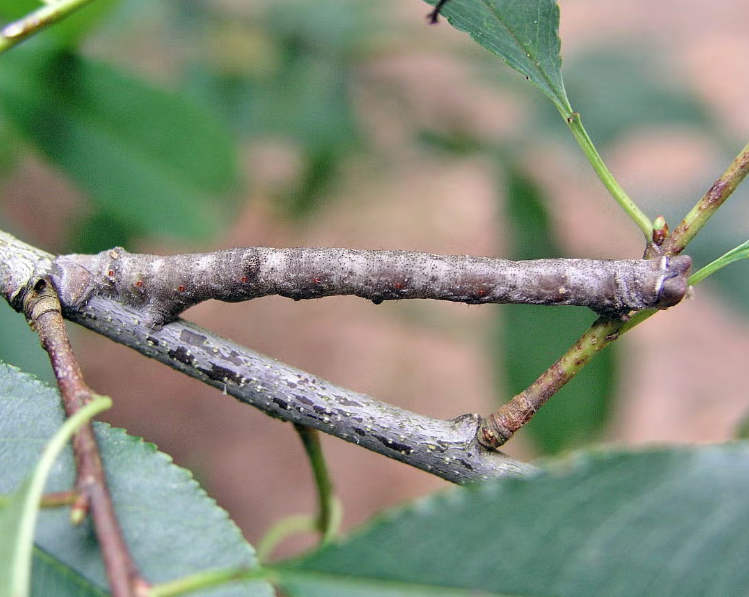
Nightmare Fuel – The World’s Largest Spider Web Is Home to Over 111,000 Spiders
A team of researchers discovered that a cave close to the Greek-Albanian border is home to the world’s largest spider web created by more than 111,000 spiders.

A team of researchers discovered that a cave close to the Greek-Albanian border is home to the world’s largest spider web created by more than 111,000 spiders.

A French woman was shocked to learn that she had been fined €1,250 ($1,435) because her pet cat had been trespassing on her neighbor’s property.

As part of a divorce agreement with his ex-wife, a Turkish man has agreed to pay 10,000 liras ($240) every three months as child support

The African Hairy Frog has a peculiar self-destructive ability that allows it to snap its toe bones when threatened to create bone claws that pierce

If you’ve ever dreamed of matching sporty outfits with your pet cat or dog, you’re in luck, because Adidas recently launched an entire fall/winter collection

A young couple in Bhopal, India, has initiated divorce proceedings after repeated failed attempts to get their pets, a dog and a cat, to get

A German woman caught by police transporting a Shetland pony in the back seat of her pink car refused to pay a €35 ($41) fine

Russian tech startup Neiry has become the first in the world to insert neuro-implants into cow brains to increase milk yield when all other methods

Visitors at the 27th Asian Pet Show in Shanghai were recently shocked by the full-back tattoo of a Mexican hairless dog whose owner claimed it

During a recent dairy tournament in Brazil, a Girolando cow set a new national record for milk production by a single cow in a period

A sizeable population of tropical fish native to Venezuela and Guyana has been thriving in the polluted sewer system of Kyiv, in Ukraine, since the

For years, Rosalio Culit, a self-described healer from the Philippines, has been treating the sick by allowing them to be bitten by venomous pit vipers.

The pheasant-like hoatzin is the only bird species that ferments its food, an unusual digestive system that also makes it the stinkiest bird in the

The caterpillar of the peppered moth has one of the most impressive natural camouflages in the animal world. Not only do they look like lifeless

An Indian dog breeder recently paid 500 million rupees ($5.81 million ) for a unique cross between a real wolf and a Caucasian Shephard, making